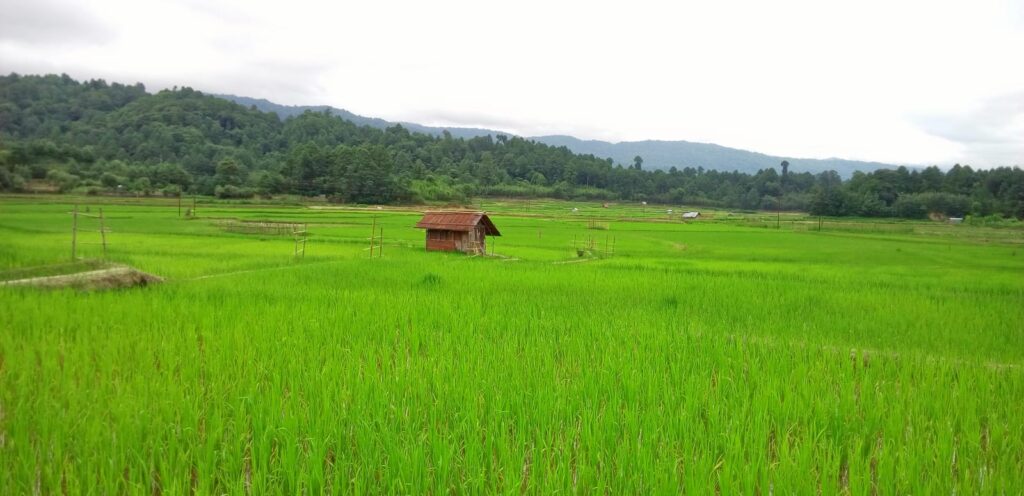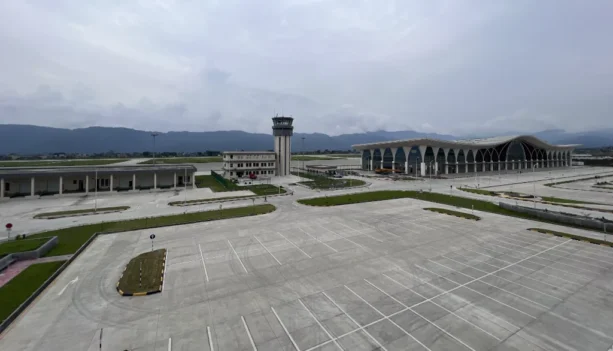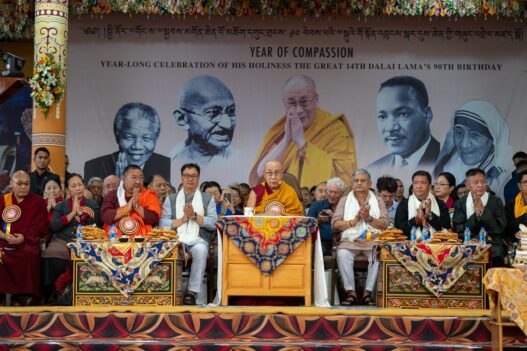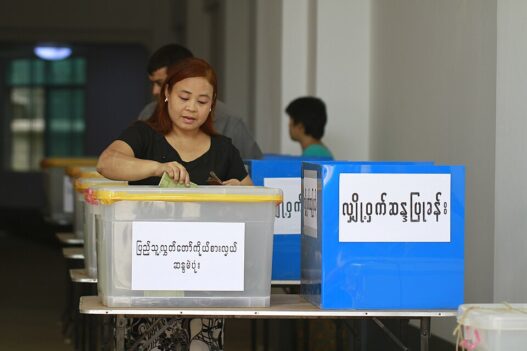Koloriang, a charming hill town nestled along the border of Tibet in Arunachal Pradesh, is poised to snatch the esteemed title of being the wettest place on earth from Mawsynram. Situated at an elevation of 1,000 meters amidst picturesque mountains, Koloriang serves as the headquarters of the Kurung Kumey district. Its exceptional rainfall patterns persist throughout the year, except during the peak winter season.
The locals are asserting Koloriang’s recognition as the wettest place on earth. It will not only make the area famous the world over but will also attract tourists. According to the Guwahati-based regional centre of IMD, Mawsynram is at present the wettest place with an average annual rainfall of 11,802.4 mm (average of 1974-2022 period) while adjoining Sohra receives 11359.4 mm of rainfall (average of 1971-2020 period).
But former Kurung Kumey zilla parishad chairperson Sangha Tagik refused to accept these official data. He criticised the IMD for allegedly not measuring the rainfall of the district. He claimed Koloriang had surpassed the rainfall records of Mawsynram and Sohra.Tagik urged the central government to direct the IMD regional office to install rain gauges at Koloriang at the earliest.
Heavy rainfall, often triggering landslides, are a common occurrence in Koloriang. Recently, massive landslides and rock slides caused by torrential rains washed away the Koloriang bridge. Dr Mrutyunjay Mohapatra, Director General of Meteorology, corroborated the change in rainfall pattern. “The rainfall pattern in India is changing. We say this after analysing the data since 1901,” Mohapatra said at a workshop on the weather. “Once high-rainfall zones, like Assam, Meghalaya, Bihar and Jharkhand, are now receiving less rainfall because of climate change,” he added.
He said low rainfall zones, like Saurashtra, Kutch and Rajasthan, are now receiving more rainfall.
Mawsynram and Sohra, both nearby places, altered their places for some time as the rainiest on earth.
“The Northeast and West regions are like dipoles in terms of rainfall. While the Northeast is a wet area, the West is a dry area. However, the rainfall pattern is shifting towards the West,” Dr Ravichandran, Secretary of the Ministry of Earth Sciences, said.
“Some shift has already taken place, and both regions now are equal (in terms of rainfall). In future, the West may see more rainfall than the Northeast,” he added. After having caused a rise in average temperatures, climate change is now causing alterations in the rainfall pattern across the country, Ravichandran said.
After analysing the past decades’ rainfall data, the IMD concluded that climate change had altered the rainfall pattern.Mohapatra said the increasing moisture-holding capacity of the dry states over the past few years was considered to be why they are getting more rainfall. He said a climate change-induced rise in temperature by 1°C has increased the moisture-holding capacity of the atmosphere by 7%.
Source: The Shillong Times







